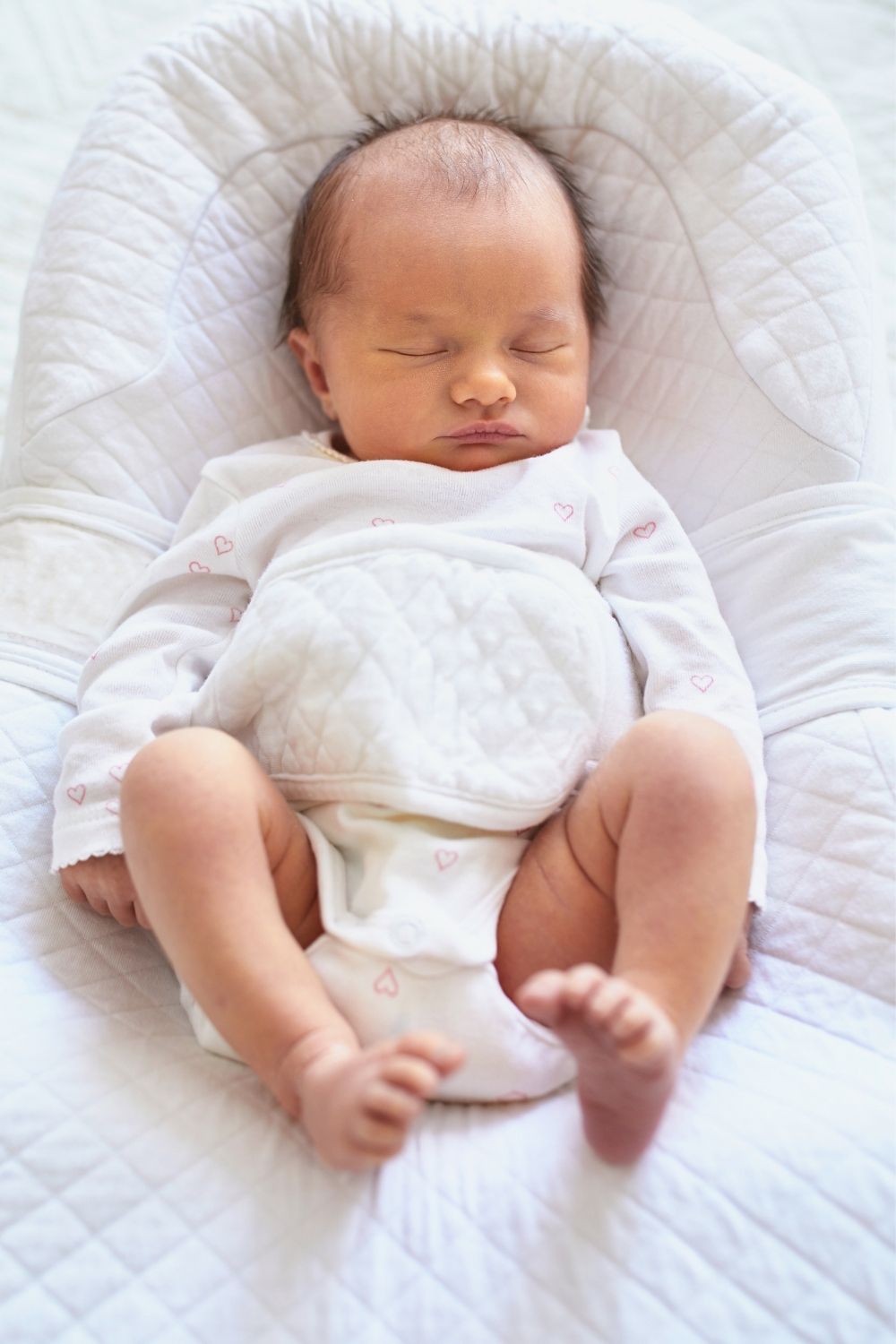October is SIDS Awareness Month
More than 1 out of 3 of sudden unexpected infant deaths that occur in the United States each year are from SIDS
October is Sudden Infant Death Syndrome (SIDS) Awareness Month! This month and beyond, advocates and infant caregivers can join Safe to Sleep® and its partners to encourage safe infant sleep and help raise awareness about SIDS.
Although the rates of SIDS and other sleep-related infant deaths have decreased over the years, we still have work to do.
What is SIDS (Sudden Infant Death Syndrome)?
SIDS is the sudden death of an infant less than 1 year old that cannot be explained after a thorough investigation that includes a complete autopsy, examination of the death scene, and a review of the medical history. This is the most commonly occurring unexplained death of infants
Another definition to be aware of is Accidental Suffocation and Strangulation in Bed (ASSB) which is the sudden death of an infant less than 1 year of age that can happen because of:
- Suffocation by soft bedding such as when a pillow or covers an infant’s nose and mouth.
- Overlay, or when another person rolls on top of or against the infant.
- Wedging or entrapment which is when an infant is wedged between two objects such as a mattress and wall, bed frame, or furniture.
- Strangulation which can happen when an infant’s head and neck get caught between crib railings.
How Can You Reduce the Risk of SIDS?
A parent’s worst nightmare is for something bad to happen to their baby. The good news is that there are things parents and caregivers can do to reduce the risk of SIDS and other sleep-related infant deaths. Following the ABCs of Safe Sleep is a good way for caregivers to remember how to create a safe sleep environment for their babies:
Alone
Back
Crib
For additional ways on how to reduce the risk of SIDS and other sleep-related infant deaths visit www.nichd.nih.gov/health/topics/sids/conditioninfo/reduce
Safe Sleep For Your Baby
This 60 second video is part of the Safe to Sleep campaign (formerly the Back to Sleep campaign), an effort to educate parents and caregivers about ways to reduce the risk of sudden infant death syndrome (SIDS) and other sleep-related causes of infant death. The video portrays what a safe sleep environment looks like and describes other ways to reduce the risk of SIDS and other sleep-related causes of infant death.
For more information, please visit safetosleep.nichd.nih.gov/

